
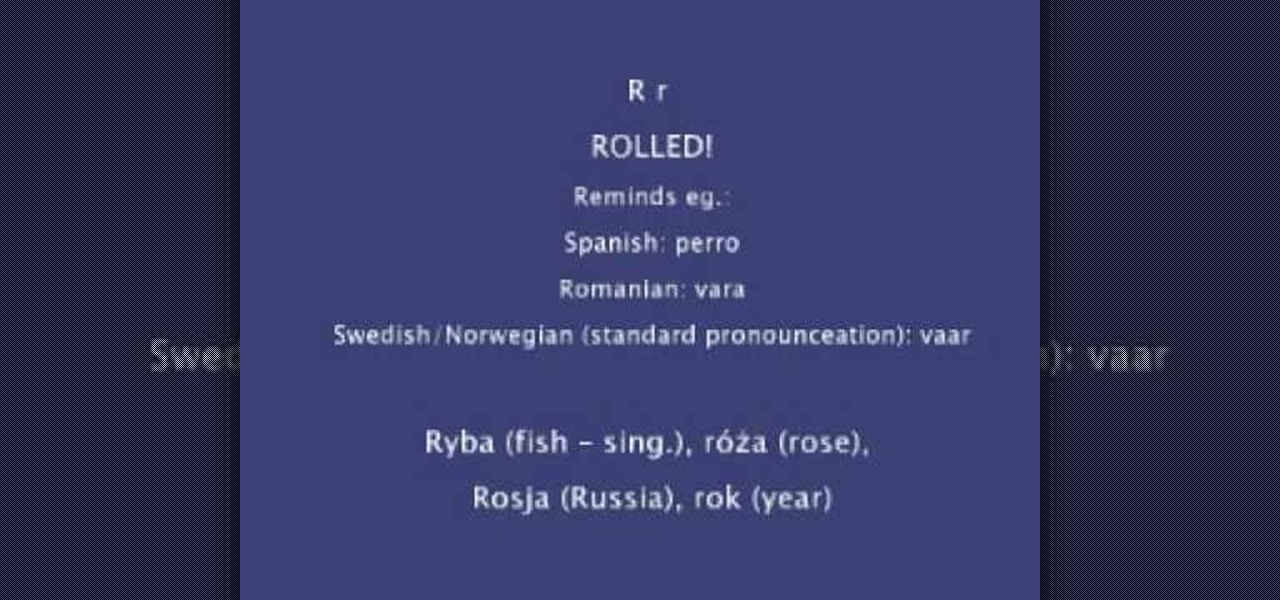
How To: Pronounce words in Polish correctly
Polish has several unique sounds, letters and pronunciation rules that can confuse English-speakers who are trying to learn how to speak the language. A useful video for anyone trying to decipher Polish letters and pronounce Polish words.
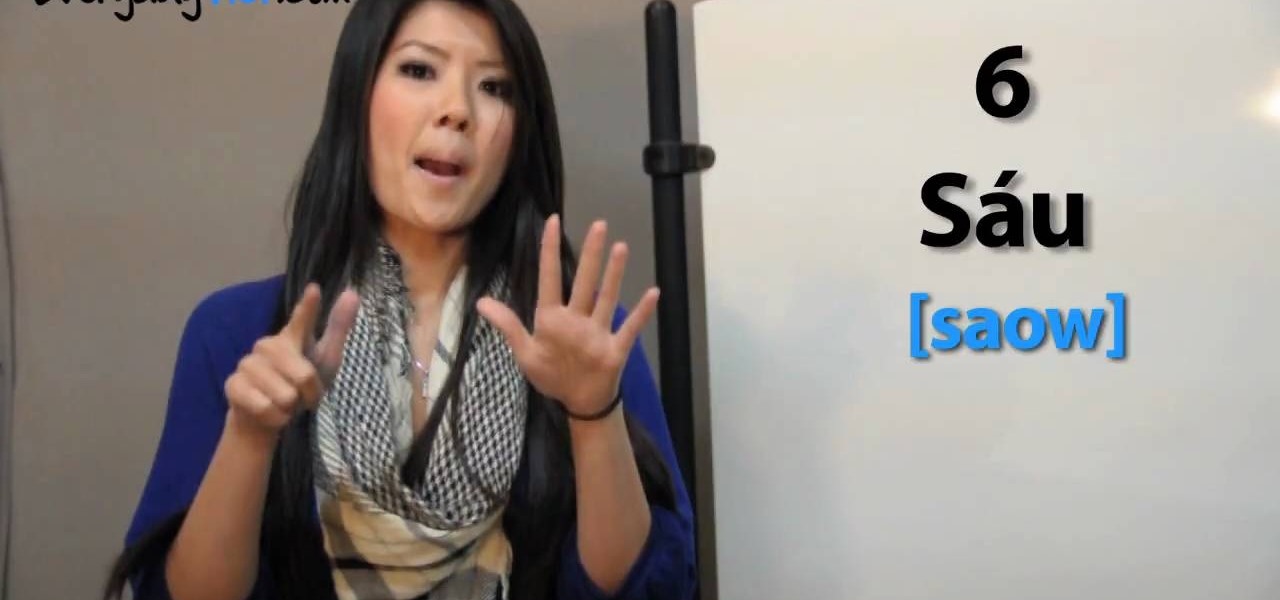
How To: Count from 1 to 10 in Vietnamese
In this tutorial we learn how to say number 1 to 10 in Vietnamese. When you learn how to say this, make sure you have the accent down right or understand how to read the language. M™t = One, Hai = Two, Ba = Three, Bon = Four, Nam = Five, Sau = Six, Bay = Seven, Tam = Eight, Chin = Nine, and Muoi = Ten. Listen to the video so you can hear how to properly say each of the words. These are pretty simple and basic, so you shouldn't have any problem saying them at all. Enjoy learning this beautiful...
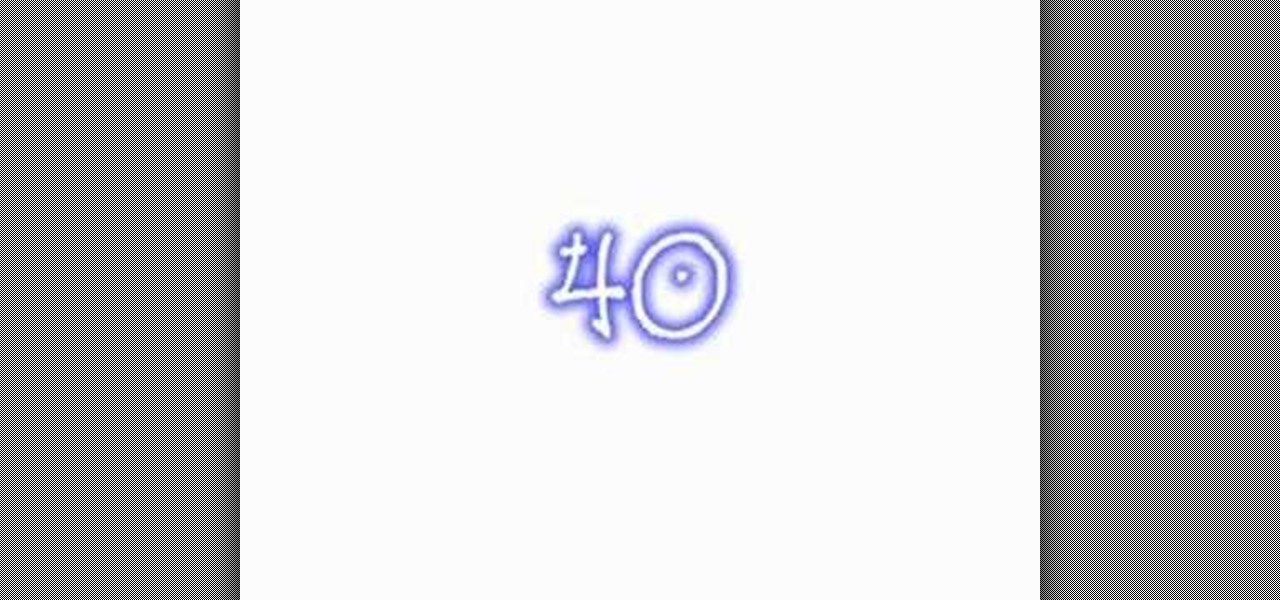
How To: Count from 10 to 100 in French
Watch to learn how to count by tens from 10 to 100 in French. dix - ten
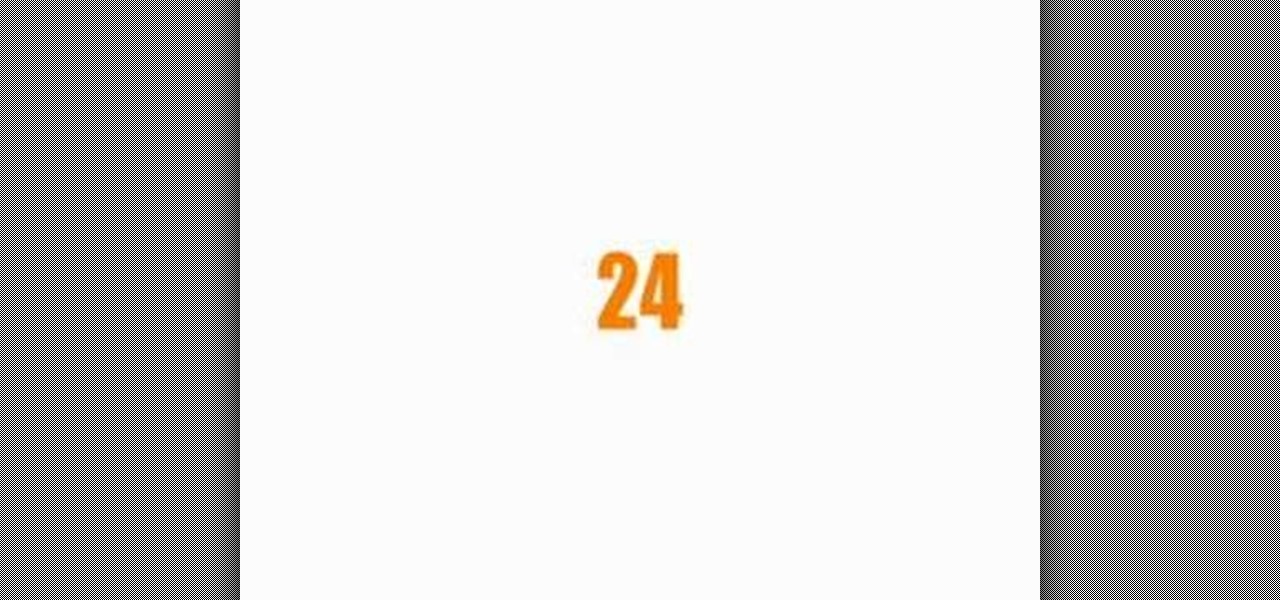
How To: Count from 20 to 30 in French
Watch to learn how to say the numbers from twenty to thirty in French. vingt - twenty
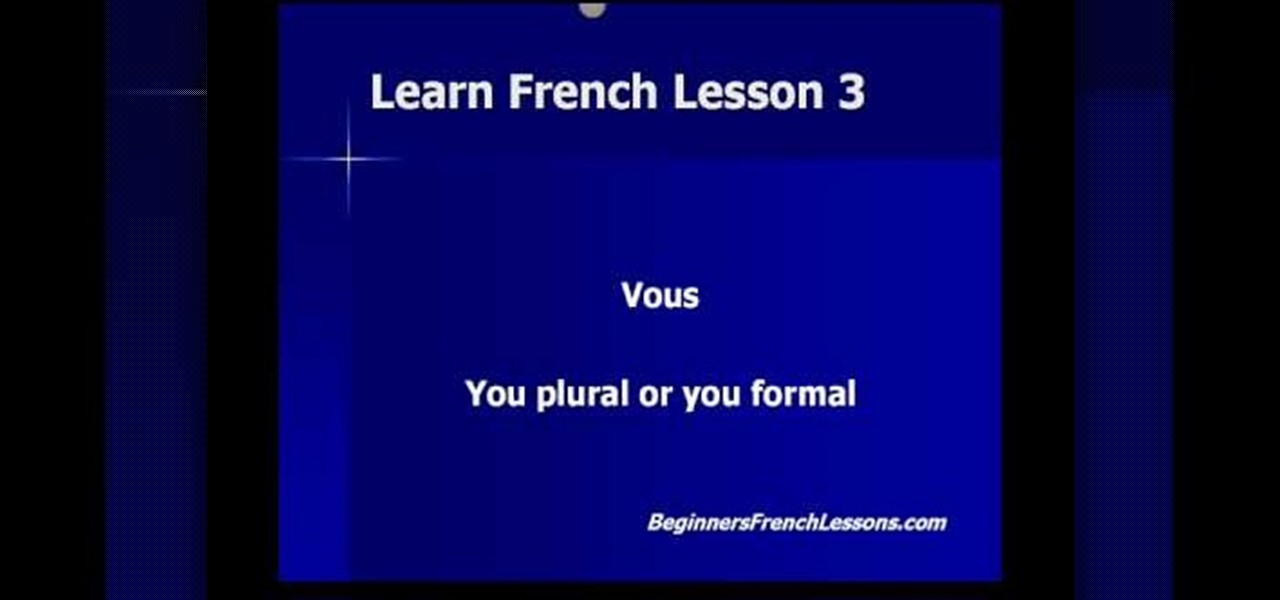
How To: Say 'I', 'you', 'he', 'she', 'we', & 'they' in French
In this French lesson, you'll learn the basic French pronouns. In the French language, pronouns like "I" and "she" are already familiar around the world, but others like "us" or "them" are unknown. Learn all of the following words in French"

How To: Pronounce the soft "i" and a hard "e" in English
Many of my students have problems pronouncing the soft i. This ESL how to video explains how your mouth should move for the soft i and the hard e. You'll never say beach when you mean bitch again. Watch this how to video and you'll be speaking proper English in no time.

How To: Say the names of kitchen items in French
Watch to learn how to say the names of things you use in the kitchen, like plates, colanders, and the stove, in French.
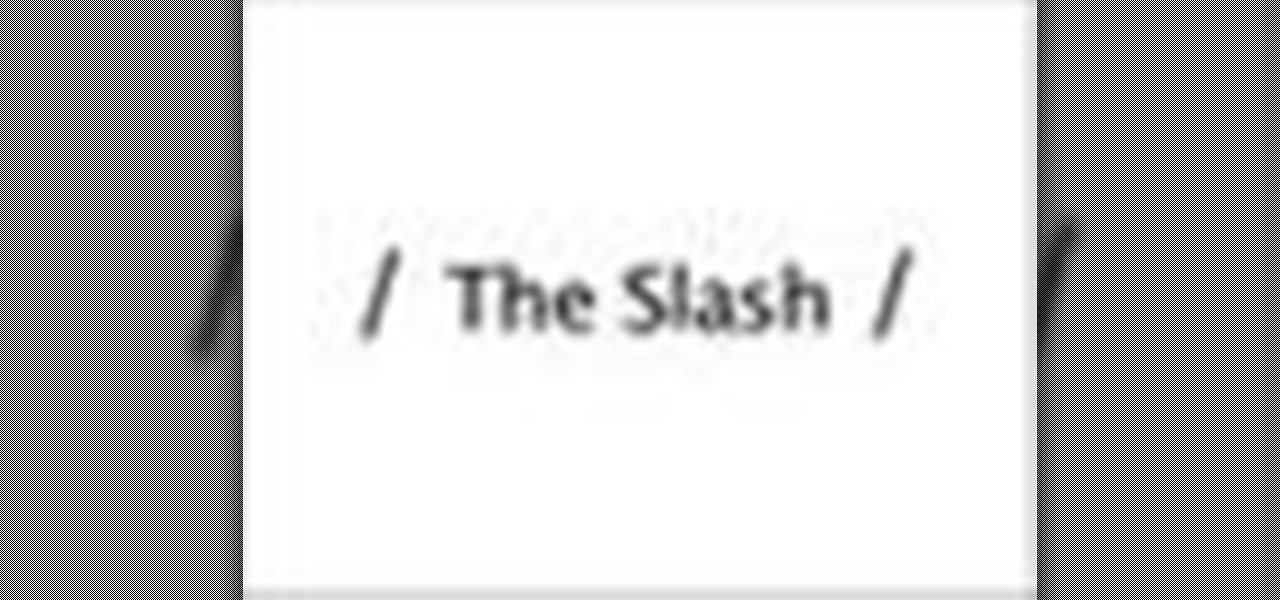
How To: Use the slash punctuation mark
Here is a useful guide to using the slash punctuation mark. Make sure you know where to appropriately place this punctuation mark, and use your slashes properly in your English writing. Use the slash punctuation mark.
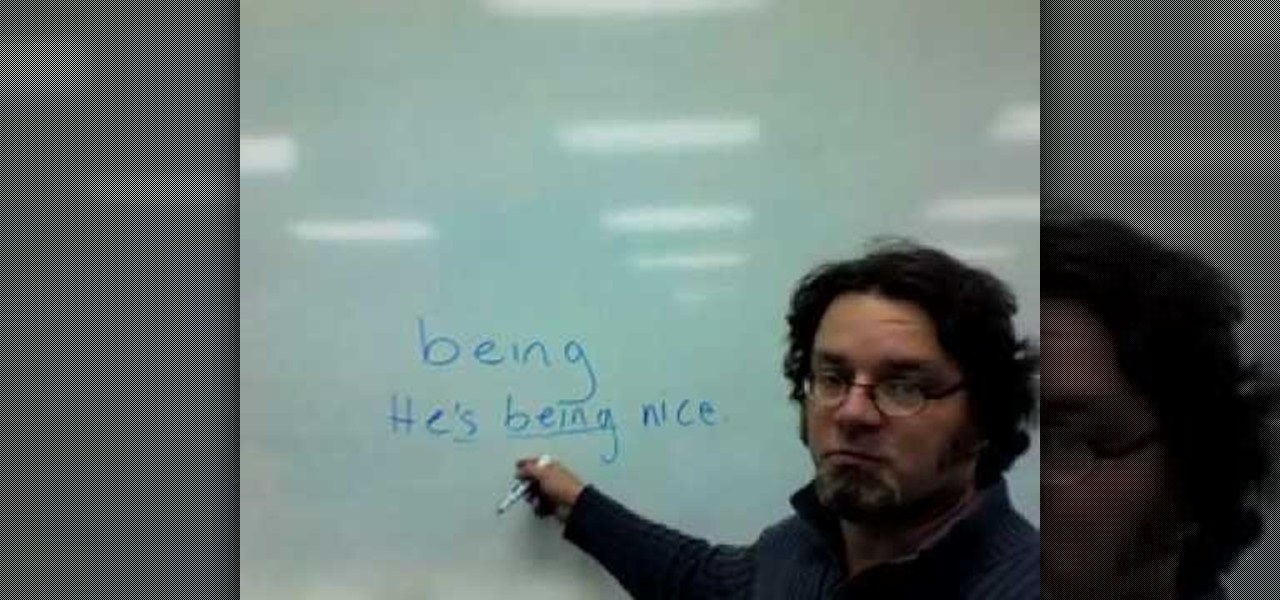
How To: Use the word "being" correctly in English
Being is a word that can be hard to master for English as a Second Language speakers. It can be used as a gerund, or in present or past continuous tenses.
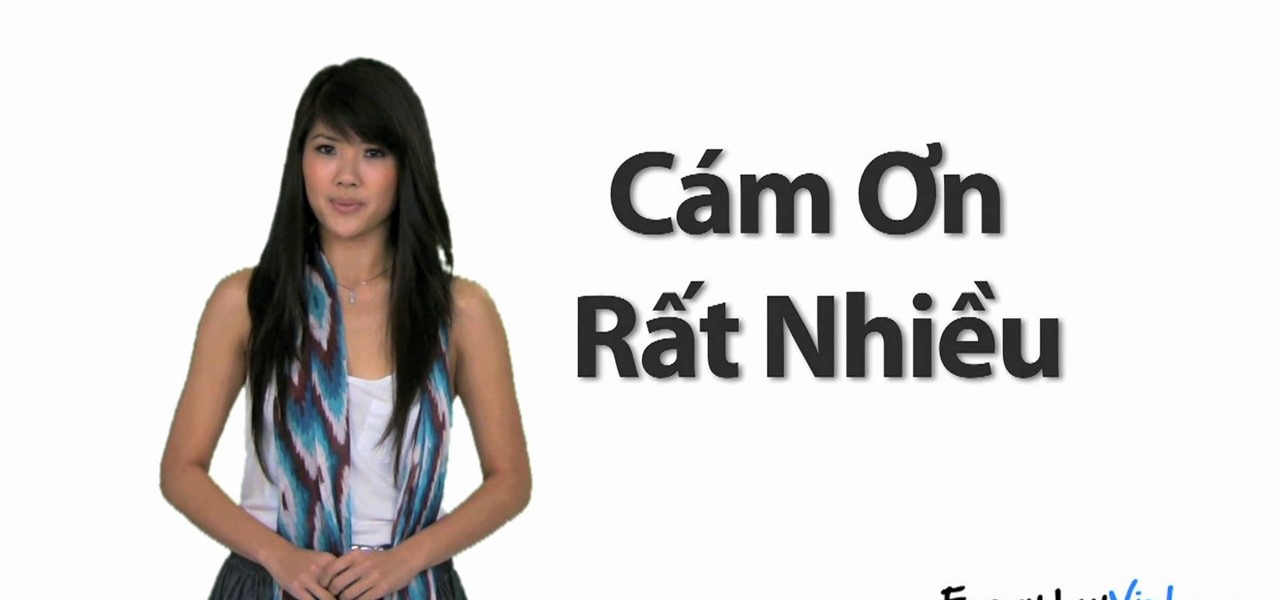
How To: Say "thank you" & "you're welcome" in Vietnamese
In this video, we learn how to say "thank you" & "you're welcome" in Vietnamese. To say "thank you" you will say "C‡m _n". To say "thank you very much" you will say "C‡m _n R_t Nhi_u". To say "you're welcome" you will say "Kh™ng C— Chi". To say "no problem" you would say "Kh™ng Sao". Remember these phrases when you are in different scenarios, whether you're in the grocery store or you're in the street. Listen to the speaker in the video to better understand how each of the words are spoken an...

How To: Say hello in French, German, Italian & more
In this video from TwinsEre199 we learn how to say hello in 10 different languages. It goes through each language and shows the spelling on the screen and in some cases the pronunciation as well. It is not said out loud at all but you can see each word on the screen and sound it out for yourself. The following are the languages you will learn: French is bonjour. Spanish is hola. Italian is Bon Giorno. German is Guten. Chinese is Ni Hao. Irish is Dia Duit. Hindi is Namaste. Russian is Zdravstv...

How To: Use the past tense when speaking English
This episode goes over how one can ask and respond in the past tense when speaking in English. This video is great for advanced, intermediate, and beginner learning to speak the English as a second language (ESL).

How To: Ask how much something costs in perfect French
In this free video language lesson, you'll learn how to ask the price of something in French: "C'est combien?" While French isn't necessarily a very difficult language for an English-speaker to learn, many stumble when it comes to pronunciation. Fortunately, the Internet is awash in clips like this one, which make learning both vocabulary and proper pronunciation a very easy task.
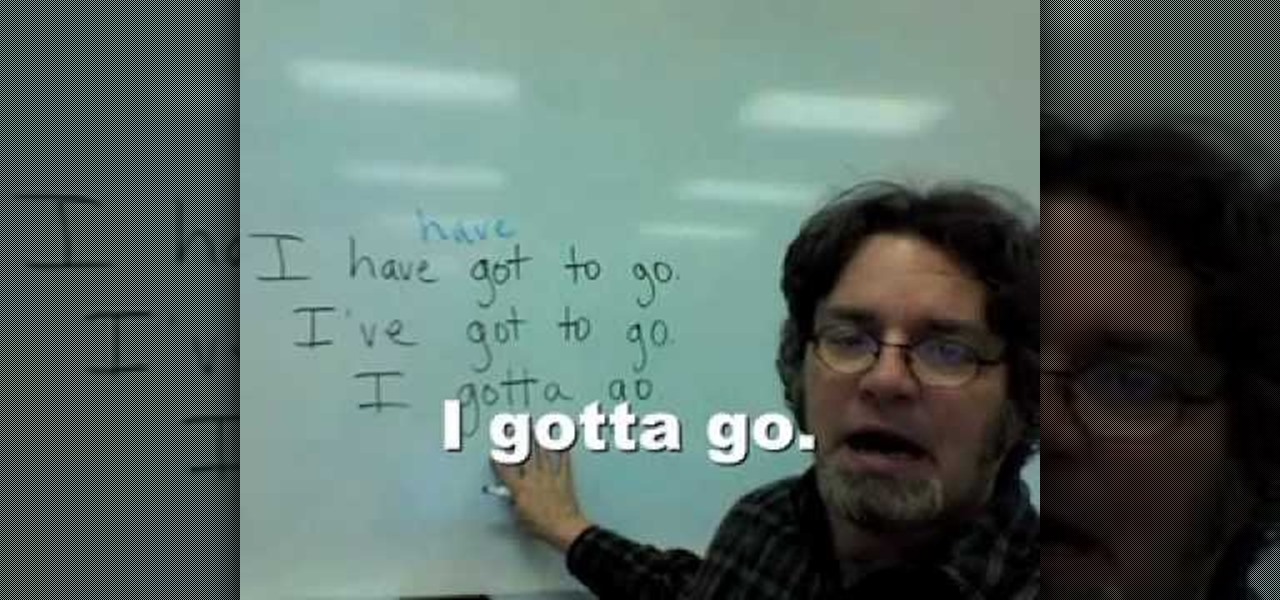
How To: Use the word 'got' in the English language
In this video it is explained how to use the words "got" "got to" and "gotta'". "Got" is the past tense of the word " get". Sometimes Americans say "have got" in place of "have" or "got" in place of "have". For example there is a sentence "I've got my wallet". Some Americans say "I have my wallet" and some may say "I got my wallet". All of them are correct. "Gotta'" is used in place of "have got to". For example there is a sentence" I have got to go". Some Americans may say

How To: Hold a dinner conversation with Japanese etiquette
This video language lesson explains how to hold polite dinner conversation in Japanese, focusing on traditional Japanese table etiquette. At the beginning of a meal, a typical thing to hear is "itadakimasu". Translated literally, it means, "I will partake." When finished with a meal, everyone says, "gochiso-sama", which is a way of expressing respect for the meal. The names of the utensils used in a Japanese meal are "hashi" (chopsticks), spoon (same as in English) and "foh-ku" (fork), "coppu...
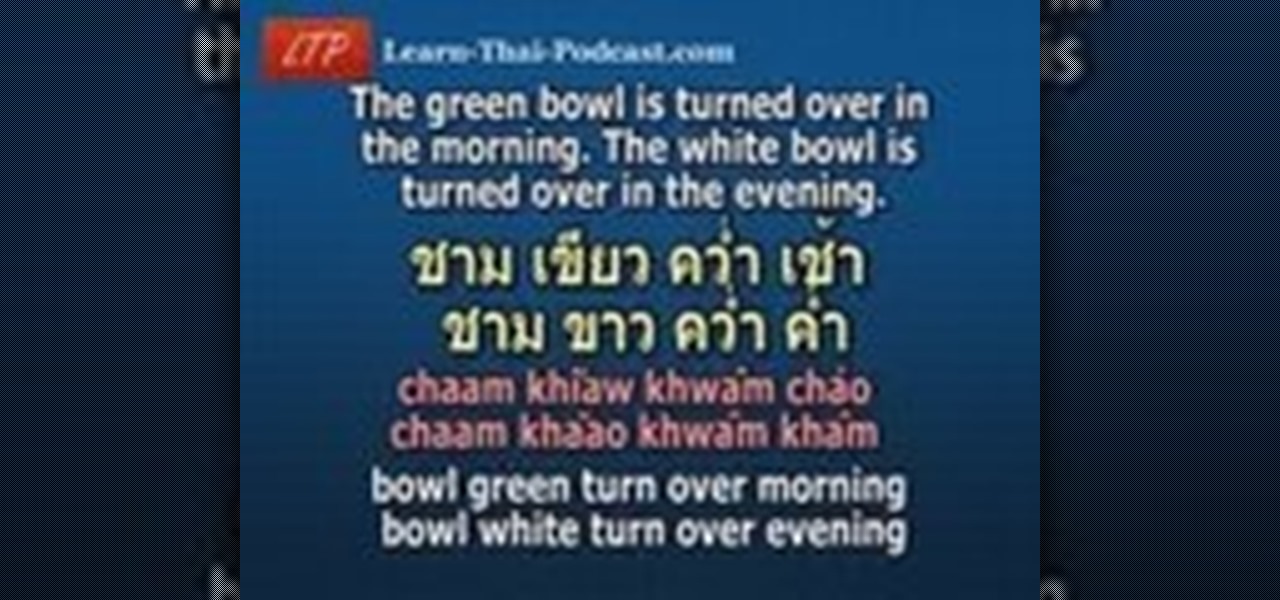
How To: Pronounce tongue twisters in Thai
Check out this Thai language tutorial that teaches you how to properly pronounce tongue twisters in Thai. This lesson includes useful phrases and words for traveling in Thailand. Make sure you know these and enjoy the Thai culture, beaches and company of Thai people. Practice the right pronunciation of the five tones and improve your Thai language skills. Learn how to pronounce these fun tongue twisters in Thai with this instructional language video!

How To: Say numbers 40 through 50 in French
Learn how to say and spell the numbers 40 through 50 in French

How To: Pronounce the four click sounds in KhoeKhoegowab
KhoeKhoegowab is the most populous and widespread of the Khoisan languages. It belongs to the Khoe language family, and is spoken in Namibia, Botswana, and South Africa by the Namaqua, Damara, and Haillom, as well as smaller ethnic groups such as the #Khomani. In this video learn how to pronounce the four click sounds: /, !, #, and //
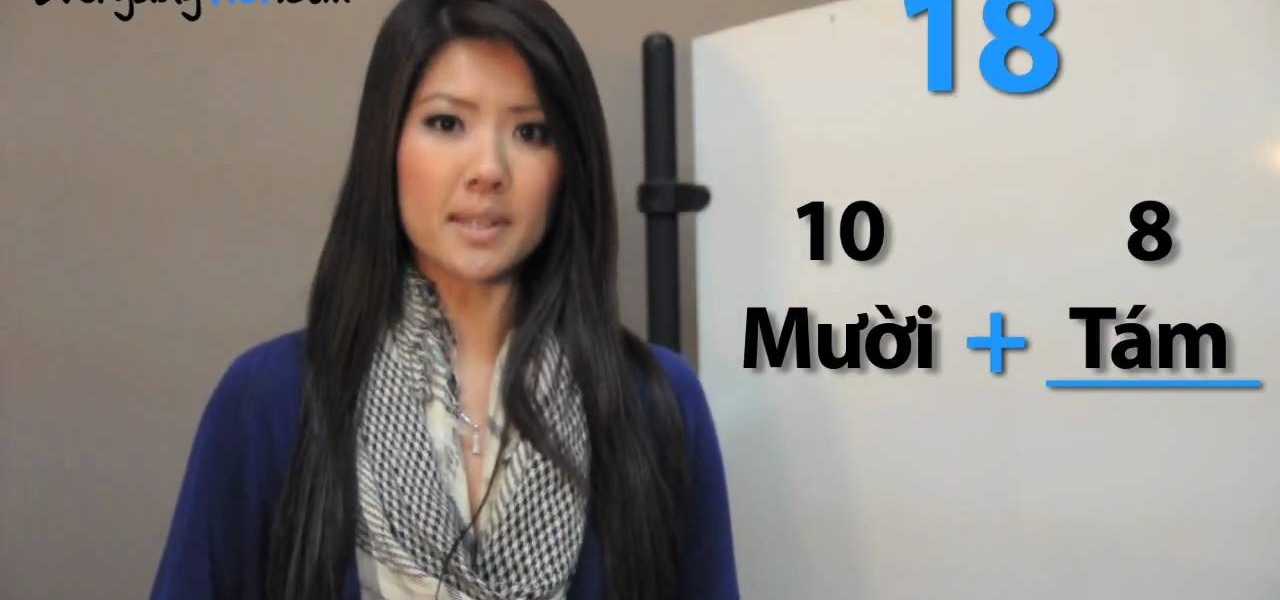
How To: Say numbers 11 to 99 in Vietnamese
In this language video tutorial you will learn how to say numbers 11 to 99 in Vietnamese. For the numbers from 11 to 19, you simply add the number to the word for 10, that is, Muoi. For example, 14 will be Muoi Bon (Bon = 4) and 18 will be Muoi Tam (Tam = 8). For multiples of 10, simply add Muoi after the number. For example, 20 will be Hai Muoi (Hai = 2), 30 will be Ba Muoi (Ba =3), 40 is Bon Muoi and so on. For all other numbers, simply add the number after the multiple of 10. For example, ...
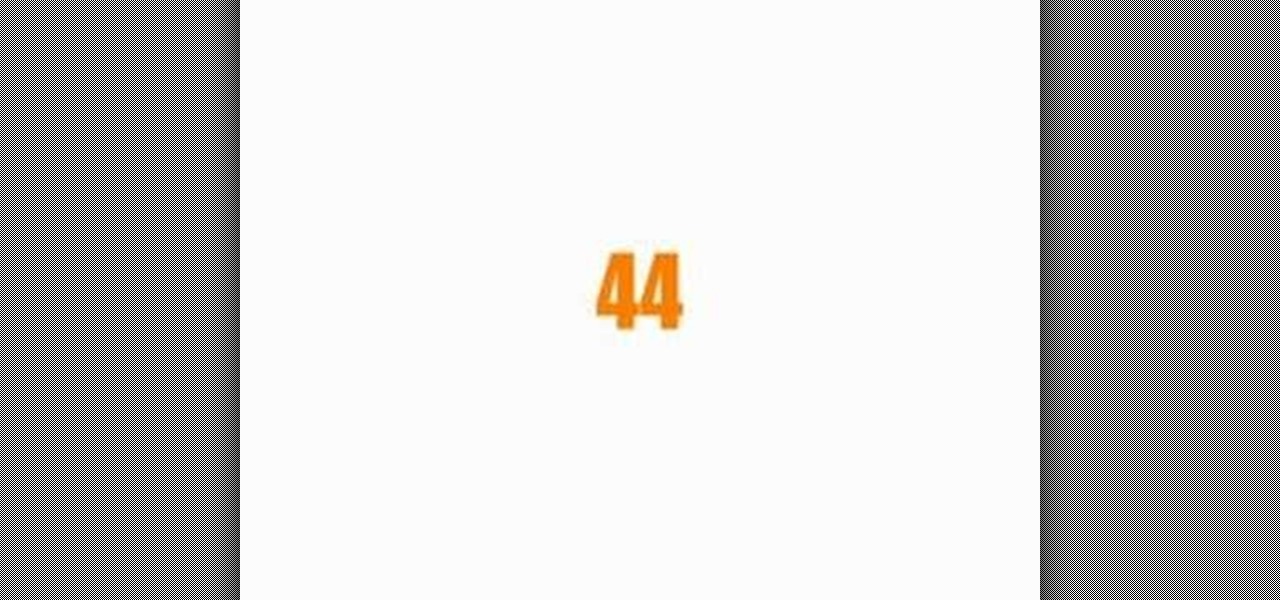
How To: Count from 40 to 50 in French
Watch to learn how to say the numbers from forty to fifty in French. quarante - forty

How To: Say 'My Name Is' in Perfect French ('Je M'appelle')
Pronunciation is key to learning any new language. Before diving into the vocabulary and basic phrases, a good approach is to listen and try and get your aural perception honed in. A new word or phrase, like "je m'appelle" in French, is awesome to learn, but it's important to learn it correctly: that starts and ends with pronunciation.

How To: Speak English smoothly using the marble technique
Destroy filler words, overcome stuttering, speak smoothly, improve enunciation, and get better at public speaking all around with just marbles and your mouth! This video is best for people learning to reduce stuttering or students learning English as a second language (ESL).
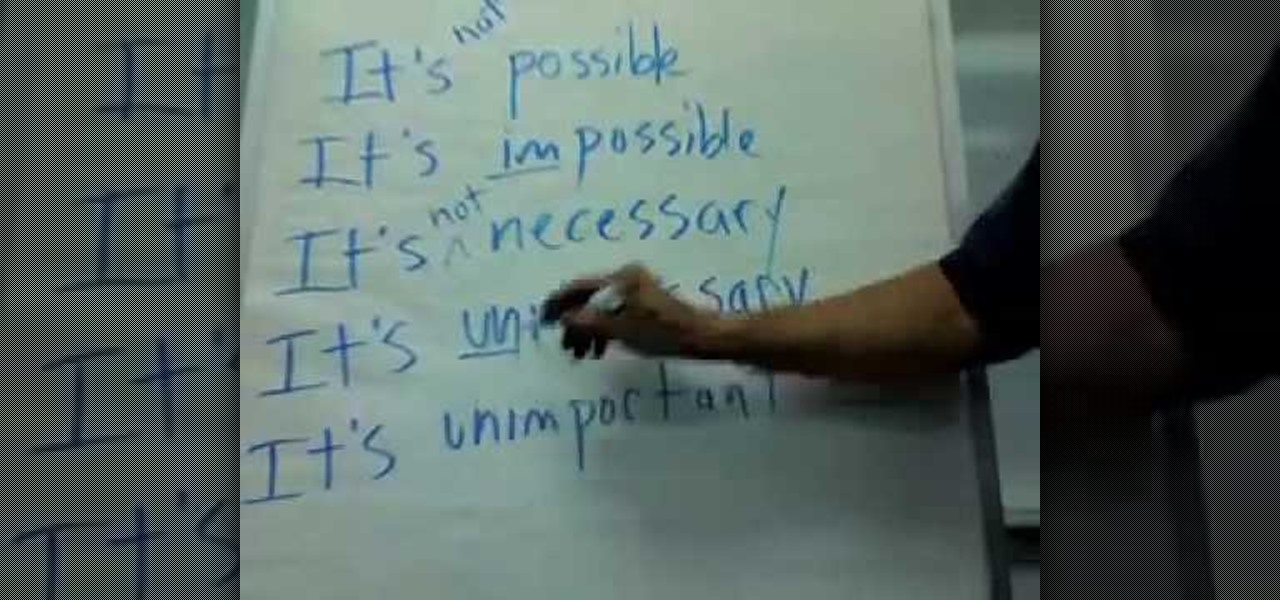
How To: Use "It's + adjective + infinitive" in English
In this video, we learn how to use "It's + adjective + infinitive" in English. To form these sentences, you will use the pattern that is stated above. This is very common in the English language, and you can put whatever you want into the sentence as the infinitive. You can change this from "it's hard to do" to It's not hard to do" to "it's easy to do". You can also make something negative, by giving it the prefix "im", which would change "possible" to "impossible". You can also ad in "un" to...
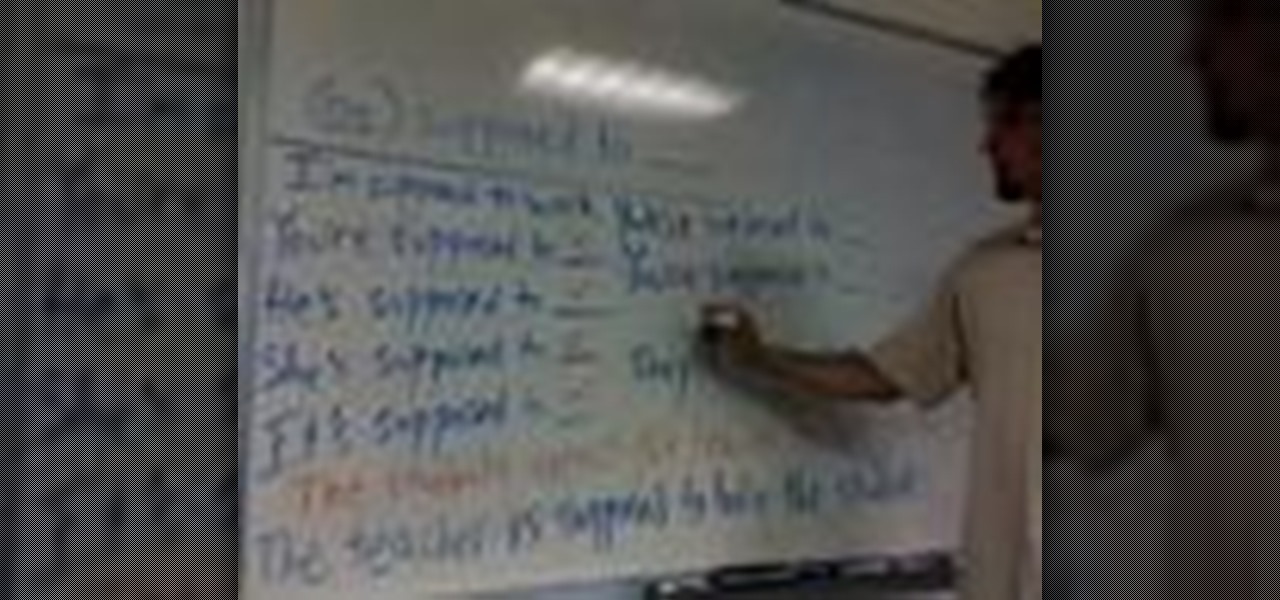
How To: Use the passive voice "supposed to" in English
In English, "supposed to" expresses obligation. Someone expects you to do something. It's an unusual form of the passive voice, but it's very important to learn. This ESL tutorial teaches you how to use "supposed to" in English. Watch this grammar how to video and you will be speaking English in no time.
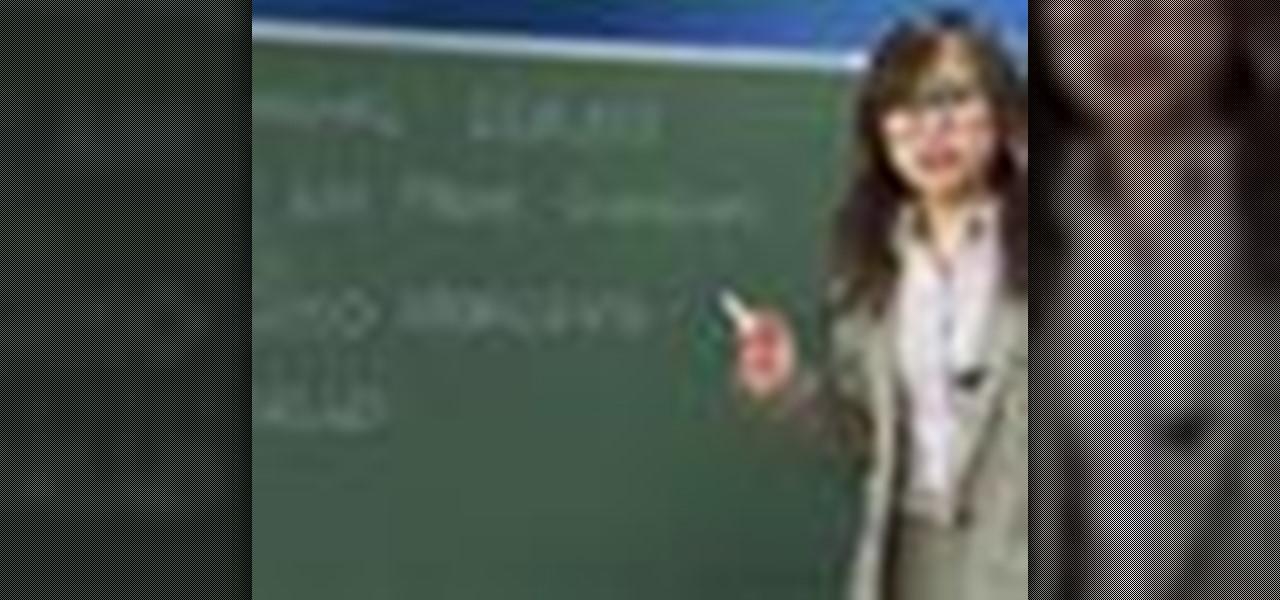
How To: Say "hello," "good morning" & "Shanghai" in Shanghai
Shanghai in China has always been the most popular location choice for the World Expo, and this year's Expo is the most expensive in Expo history.

How To: Speak "bedroom" Italian
Want to impress your lovers with your foreign tongue? Not that tongue, dirty mind! Learn to whisper sweet nothings in Italiano. You'll have them begging for more.
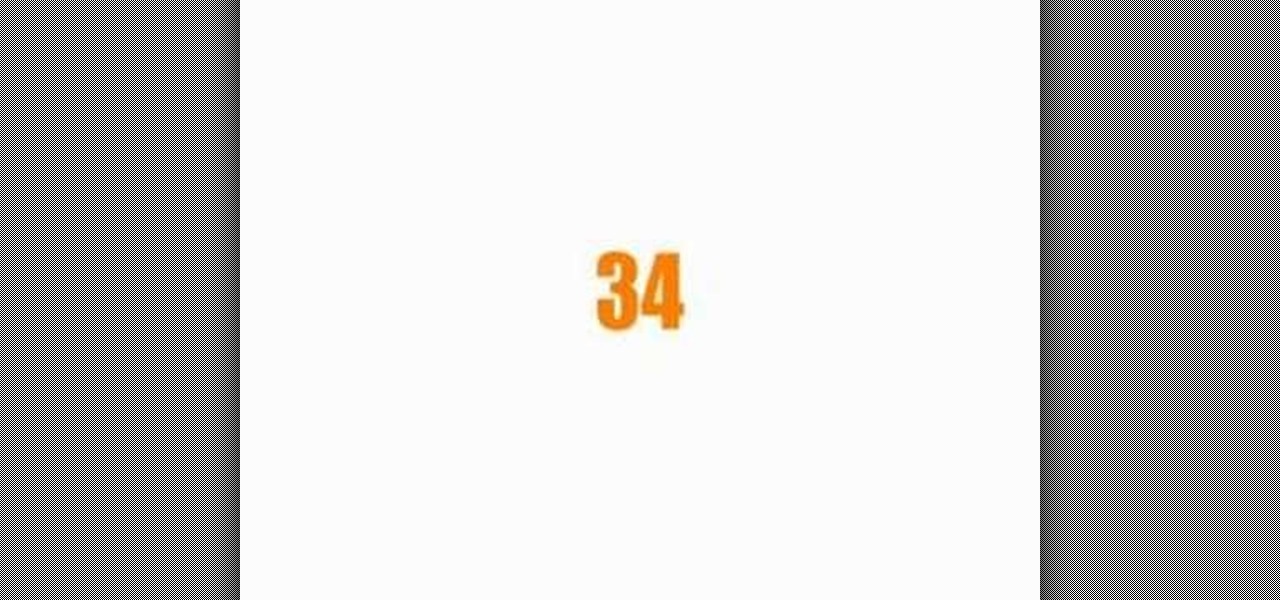
How To: Count from 30 to 40 in French
Watch to learn how to say the numbers from thirty to forty in French. trente - thirty
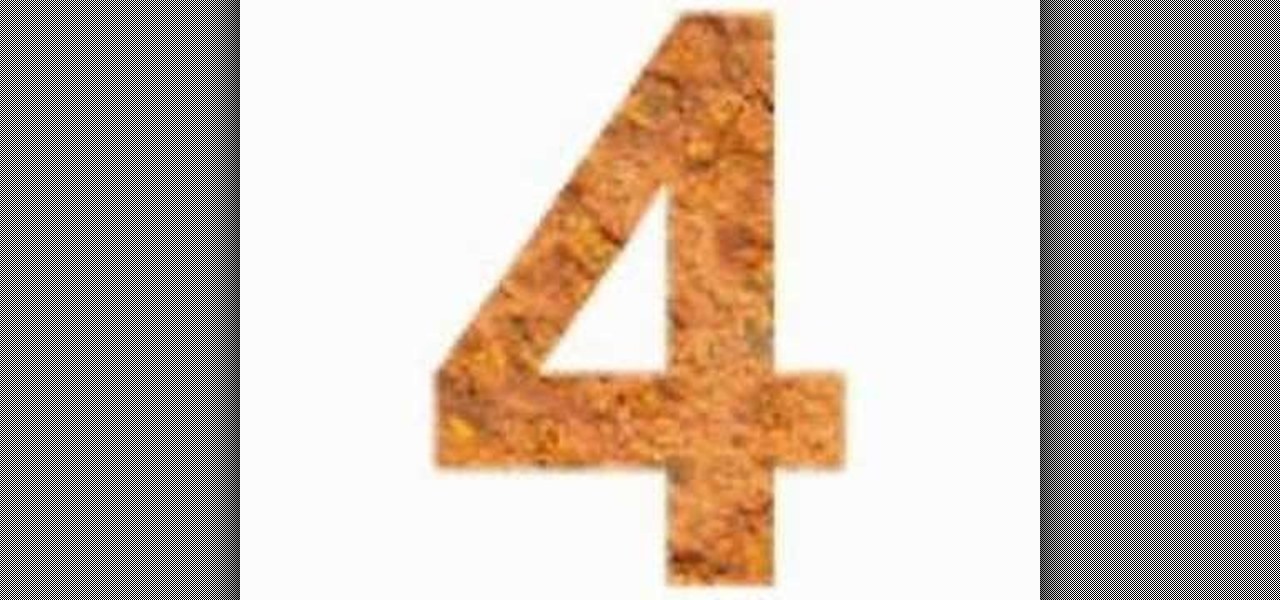
How To: Count to 10 in French
Watch to learn how to say the numbers from 1 to 10 in French. un - one

How To: Say "I like you" & "I love you" in Vietnamese
Do you want to spice up your relationship and say something romantic on valentine's day? How about saying "I love you" or "I like you" in Vietnamese? This will sound different depending on if a guy or a girl is saying to one another. For a girl to say "I like you" to a guy, she would say "Em th’ch anh" and for a guy to say it to a girl, they would say "Anh th’ch em". For a girl to say "I love you" to a guy, she would say "Em yu anh". For a guy to say it to a girl, he would say "Anh yu em".
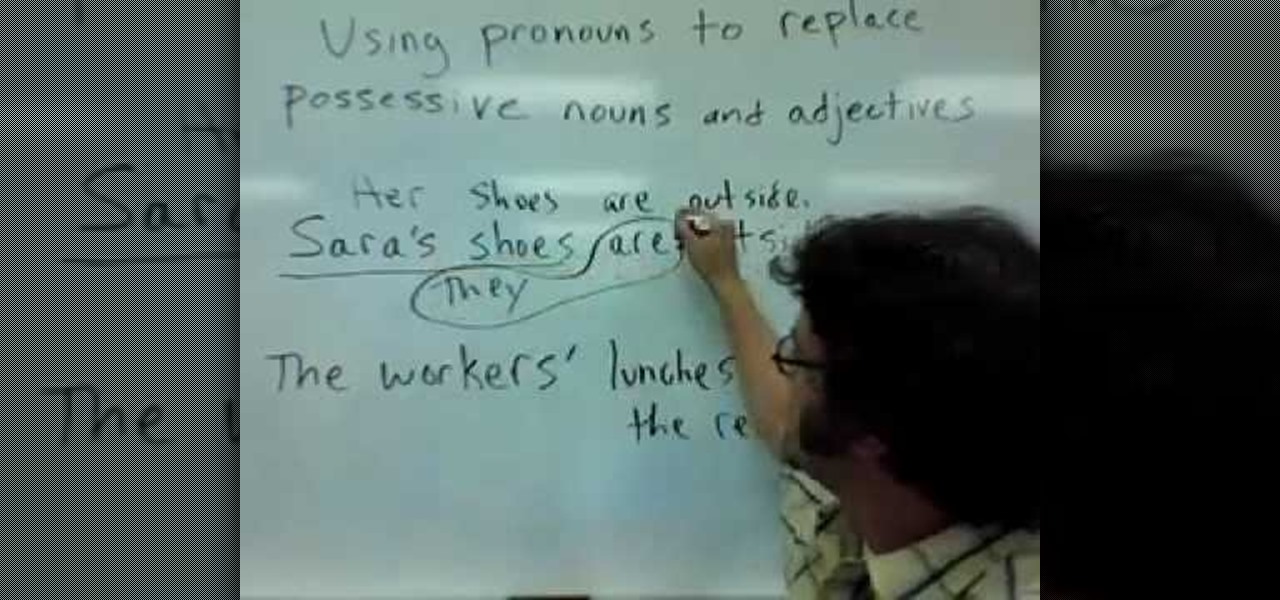
How To: Replace possessive nouns and adjectives with pronoun
In this video, we learn how to replace possessive nouns and adjectives with pronouns. Using pronouns to replace possessive nouns and adjectives is simple, an example includes: Joe's car is dirty, would change to, his car is dirty, or it is dirty. Another example of this is "Sara's shoes are outside" would be "her shoes are outside", or "they are outside". "The workers' lunches are in the refrigerator", would be "their lunches are in the refrigerator", or "they are in the refrigerator". Practi...
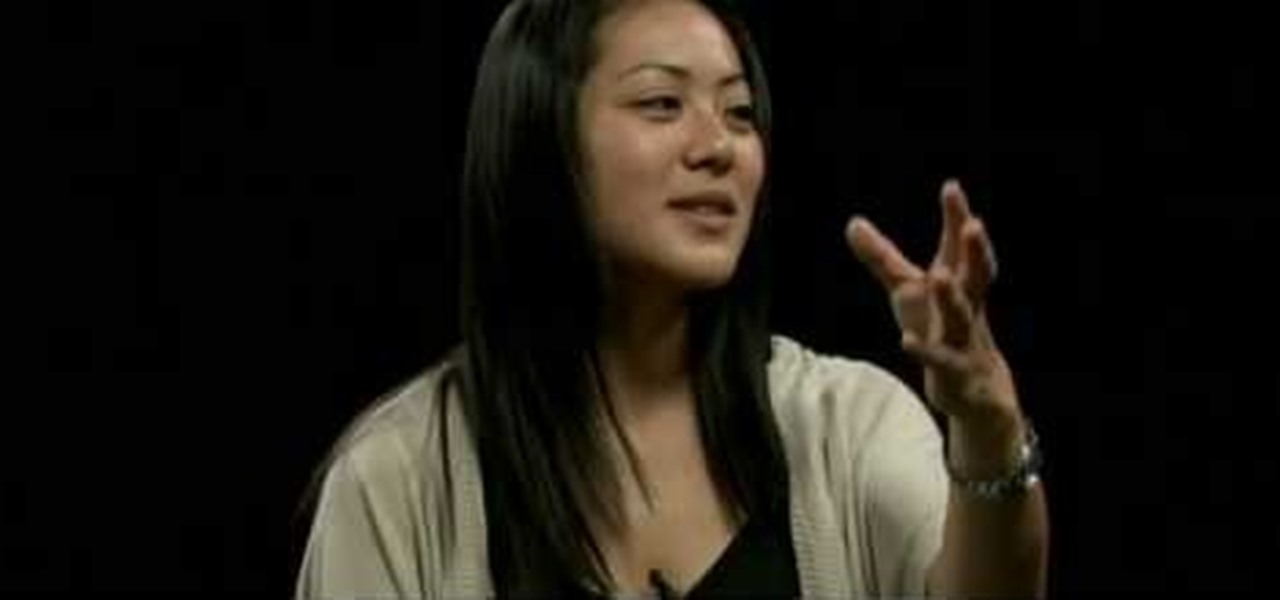
How To: Say "excuse me" in perfect Japanese
In this free video language lesson, you'll learn how to say "excuse me" in perfect Japanese. With Japanese, as with any other language, a few key nouns and phrases (and knowing how to properly pronounce them) can go a long way. For more information, and to get started speaking Japanese yourself, watch this video tutorial.
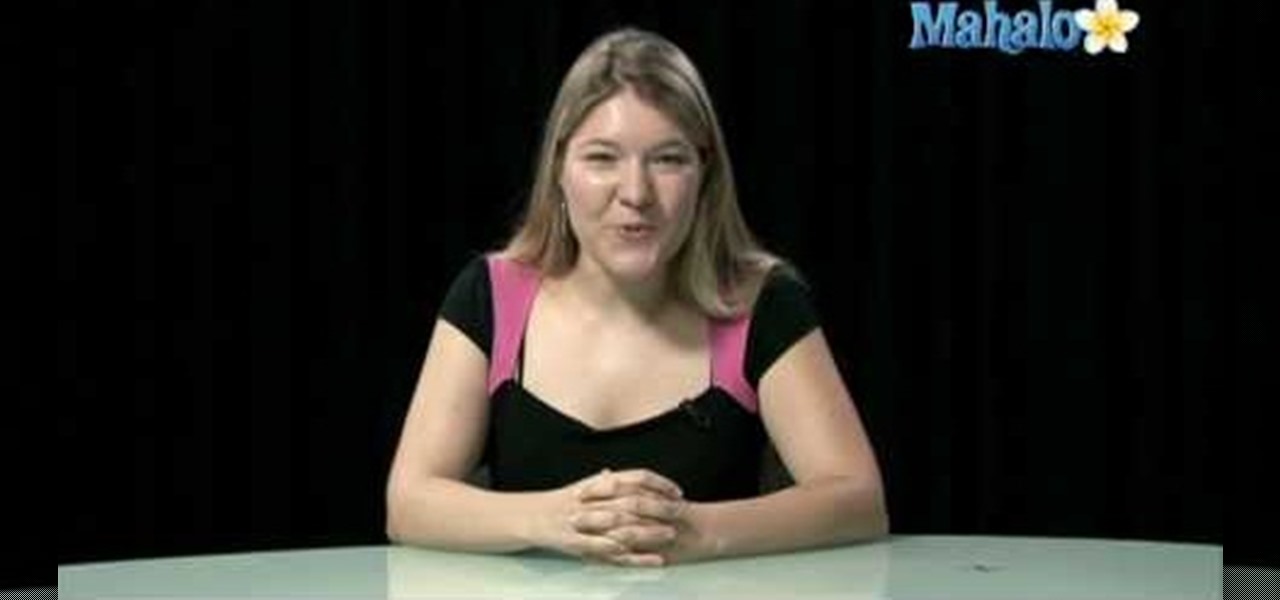
How To: Say "nice to meet you" in French ("enchanté")
In this free video language lesson, you'll learn how to say the French word for "pleased to meet you": "enchanté" or, for women, "enchantée." While French isn't necessarily a very difficult language for an English-speaker to learn, many stumble when it comes to pronunciation. Fortunately, the Internet is awash in clips like this one, which make learning both vocabulary and proper pronunciation a very easy task.
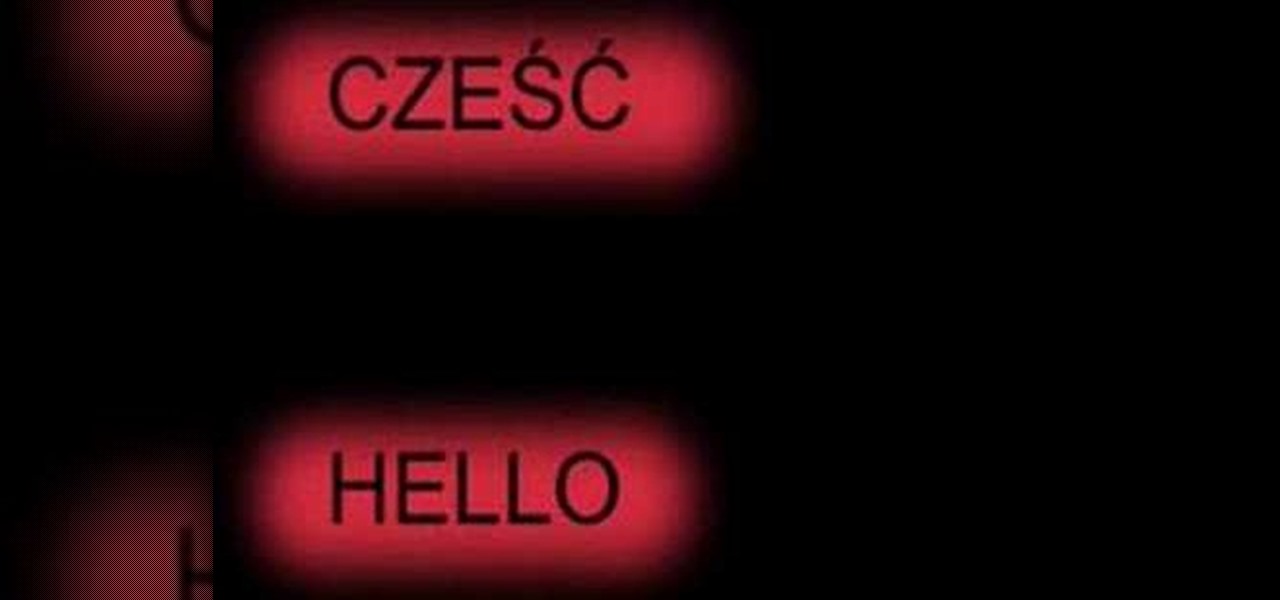
How To: Say "hello" in Polish
Learn how to say and spell out "hello" in Polish. This is a quick twelve minute video which shows the spelling and says the pronunciation of the word "hello" in the Polish language. This steps and/ or guidelines would show the easiest way to pronounce the word hello in the Polish language. The English word hello is translated as "Czesc‡" in the Polish language. The spelling may look like an easy word to pronounce but in reality, the pronunciation is different from the spelling of this word. T...
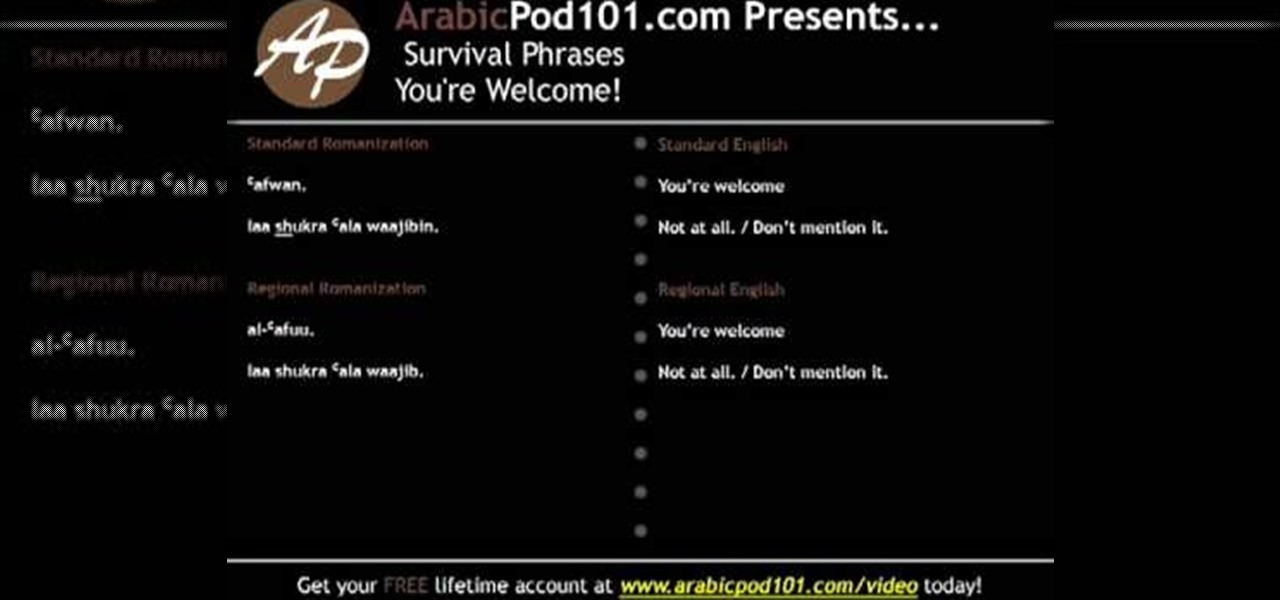
How To: Say "you're welcome" in Arabic
Basic courtesy is important no matter where you go, so if you are off to an Arabic speaking country, this lesson is essential. A little Arabic can go a long way. The second episode in the Survival Phrases series will teach you how to say and understand "You're Welcome" in Arabic. Follow along with the language lessons in these videos and you'll be speaking Arabic in no time.
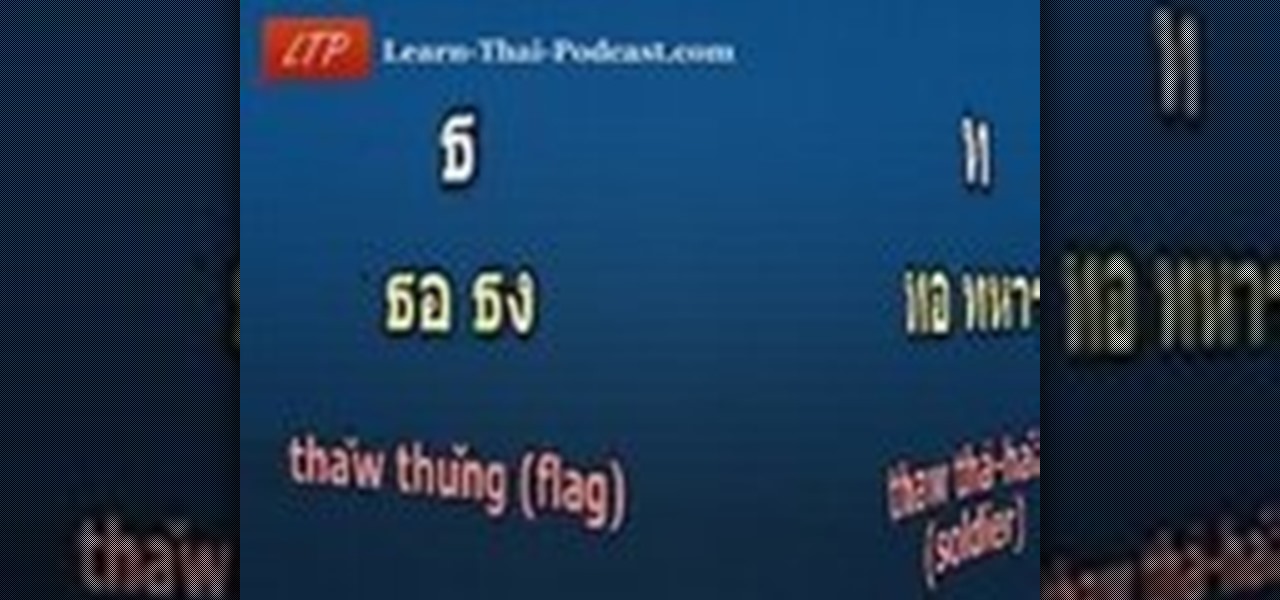
How To: Pronounce the Thai alphabet
Check out this Thai language tutorial that teaches you how to pronounce a few letters of the Thai alphabet. This lesson includes useful phrases and words for traveling in Thailand. Make sure you know these and enjoy the Thai culture, beaches and company of Thai people. Practice your Thai language skills and learn how to pronounce these letters of the Thai alphabet with this instructional language video!

How To: Describe facial expressions in French
Learn how to describe some common facial expressions and actions in French. Part 1 of 2 - How to Describe facial expressions in French.

How To: Make French adjectives into adverbs
Learn how to make French adjectives into adverbs using the root and different endings. Put the adjective in the feminine form and add the ending.

How To: Say the names of the parts of a computer in French
Learn how to say the names of the parts of a computer in French
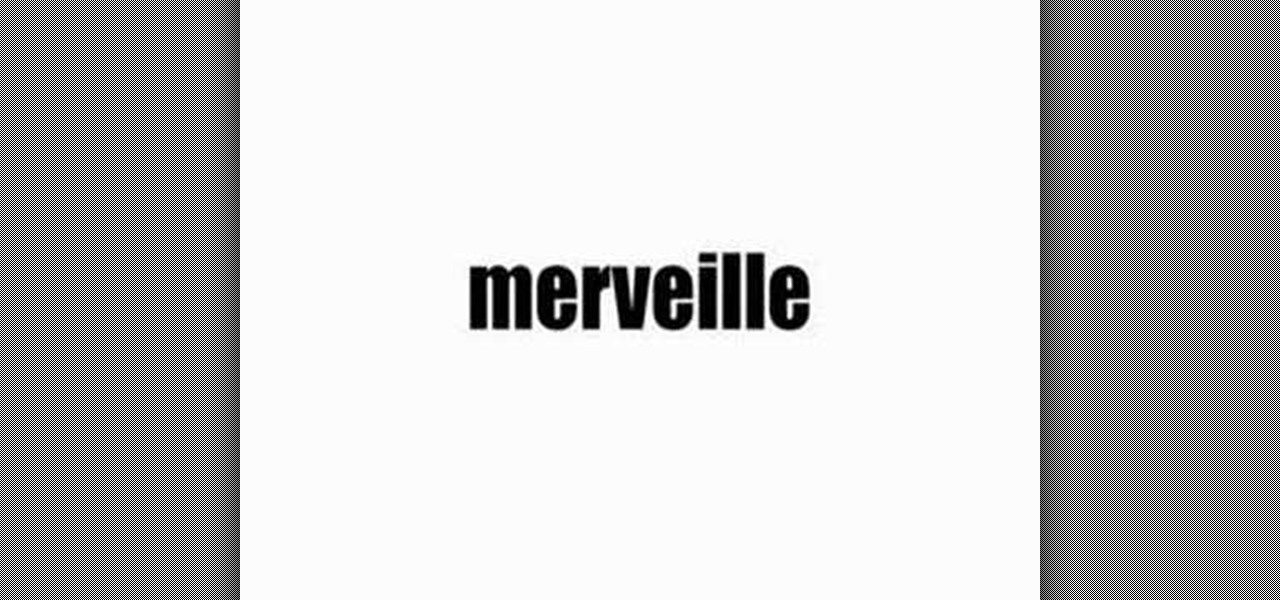
How To: Pronounce "eil," "euil," and "ueil" in French
Watch to learn how to pronounce French words with the vowel combinations "eil," "euil," and "ueil" in them.
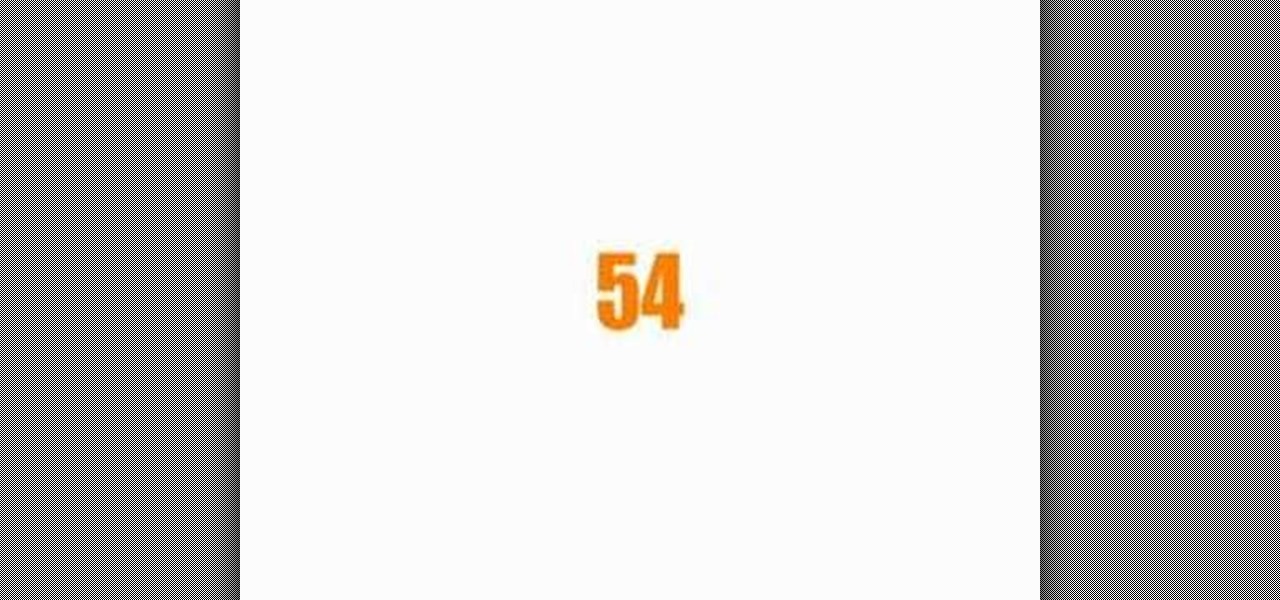
How To: Count from 50 to 60 in French
Watch to learn how to say the numbers from fifty to sixty in French. cinquante - fifty





